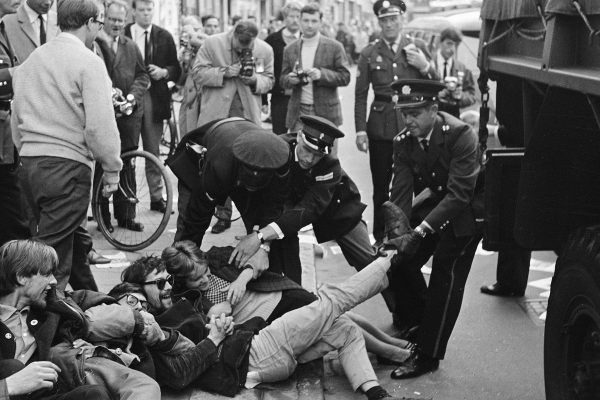Design
In the US, design-led companies outperformed the S&P 500 by 228% over 10 years.
In the UK, they outperformed the FTSE 100 and All-Share by more than 200%.
Design Index, Design Council. DMI Design Value Index, Design Management Institute.
Understanding brand and design
The logo is not the brand.
A logo is a symbol for the what is truly important: the mental shorthand that people use to understand the role an organisation, product, or service can play in their lives.
A brand is not limited to a logo, but encompasses a broader range of elements. A logo, or logotype, is simply a form of trademark, which can take various forms such as symbols, monograms, emblems, or other graphics. However, it is important to note that these trademarks, including logos, are not the brand itself, but rather serve as a symbol for the brand.
Furthermore, a brand is not synonymous with a corporate identity system. A corporate identity system, which includes elements such as trademarks and trade-dress on various materials such as publications, advertisements, and signage, is a twentieth-century construct for maintaining consistency in visual representation. However, consistency alone does not constitute a brand.
Finally, a brand should not be conflated with a product. While managing a brand may involve managing aspects of a product such as sales, distribution, and quality, it is important to recognise that a brand represents a more abstract concept, such as an aura or an invisible layer of meaning that surrounds the product.
A charismatic brand can be defined as a product, service, or company that is perceived by consumers as having no substitute. These types of brands tend to hold significant market shares, often surpassing 50 per cent. Additionally, they tend to command higher price premiums, up to 40 per cent more than comparable products or services. Furthermore, they are less likely to experience commoditisation.
Charismatic brands typically possess several key characteristics, including a clear competitive stance, a sense of integrity, and a commitment to aesthetics. The importance of aesthetics is rooted in the fact that it is the language of emotion, and, in today’s information-rich society, consumers place a high value on how something feels over the rhetoric surrounding it. Trying to stand out in a cluttered market by adding more clutter is like trying to put out a fire with gasoline.
Further, aesthetics can greatly enhance the experiential value of a product, even if it is a commodity. For example, the price of a cup of coffee can increase from a fraction of a cent to between 5–25¢ in a diner, and even up to $5–8 in a beloved restaurant or café, such as Starbucks. This increase in value is a result of the added experience, a manner of theatrics that contribute to people’s effort to better themselves.








